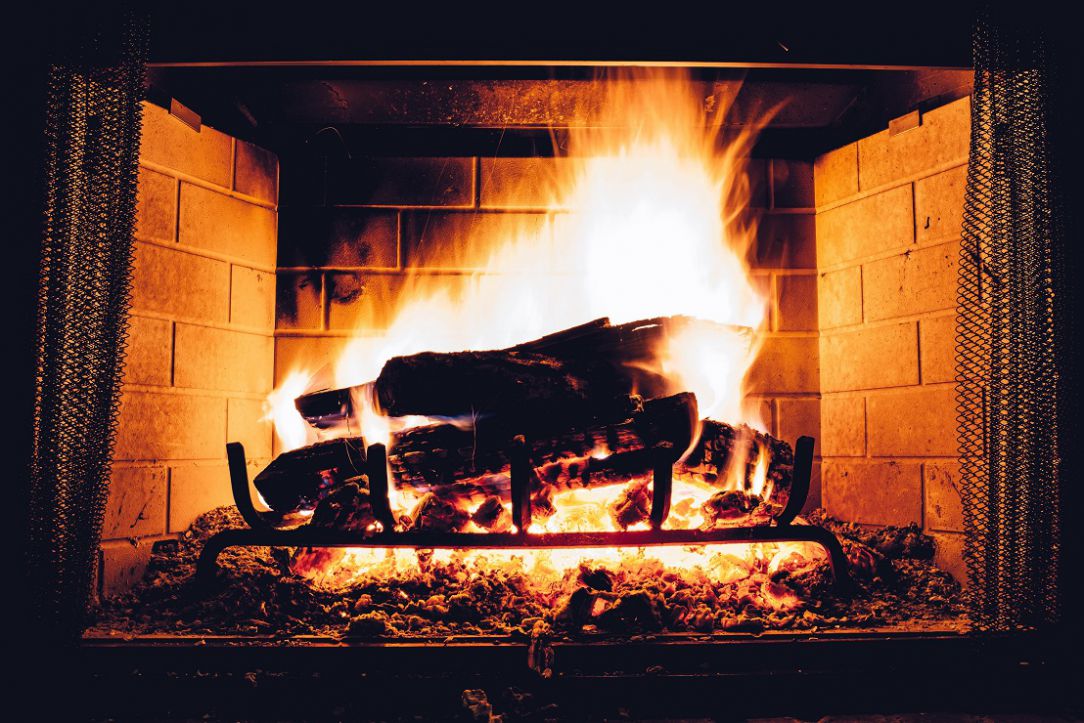 Fire was always a threat to humans until they were able to domesticate it about 600,000 years ago. The use of this precious tool was then one of the major elements of human evolution.
Fire was always a threat to humans until they were able to domesticate it about 600,000 years ago. The use of this precious tool was then one of the major elements of human evolution.
Giant leap in time: If condominiums in Quebec have existed since 1969, their growth was more marked in the 80s. Since a co-ownership could indeed resemble a standard apartment, it was chosen, at the time, to decorate several of these units with wood-burning fireplaces. After all, the wood fireplace was, even until recently, a symbol of comfort, homecoming, luxury and even sensuality. Today, antics on a bearskin in front of a fireplace are no longer so popular. Still, the wood fireplace distinguished the condominium from the ordinary apartment.
Today, the wood fireplace is a problem for several reasons:
And all this without counting the damage by smoke or floors damaged by teas, asthma etc. etc.
The regulations surrounding wood heating are increasingly restrictive in Quebec. First, Montreal has banned, with a few exceptions, the use of wood heating on its territory. Quebec City has, for its part and for the moment, opted for specific days of prohibition. Many other municipalities have regulations in place or under consideration.
Insurers, on the other hand, are even less fond of wood-burning fireplaces. Already there are few insurers who agree to insure condo syndicates in Quebec, about half of them outright refuse to insure when there is a fireplace, whether it is compliant or not. And since not all insurers insure all types of condos, wood-burning fireplaces often reduce a syndicate's insurability.
Regulations are set to tighten around owners of units with wood fireplaces, so what to do with them? While some can replace their old devices with more efficient ones that are still accepted, the other options remain: :
The gas fireplace is, for the moment, not an obstacle to insurance. It is not usually considered an increase in insurable risk nore a case of premium increase. In my opinion, however, it would not be wise to recommend this avenue. Indeed, in the context of pollution control, I would like to believe that this type of heating will be subject to restrictions sooner rather than later.
The electric fireplace is closer to a television than a fireplace. The insurer does not consider the electric fireplace in its subscription. However, it is not a very useful object and it cannot adequately replace a fireplace in its original hearth.
The option of complete withdrawal is therefore the preferred option in the medium and long term.
And for those who always loved the sound of crackling, the dance of flames, the warm color of that good old fireplace? There will always be the harmless Stingray fireplace on your cable channels...
Charles-Antoine Carra, CPA
Damage insurance broker
514 374-9944 #259
3737 Crémazie Est, bureau 1001, Montréal QC H1Z 2K4
